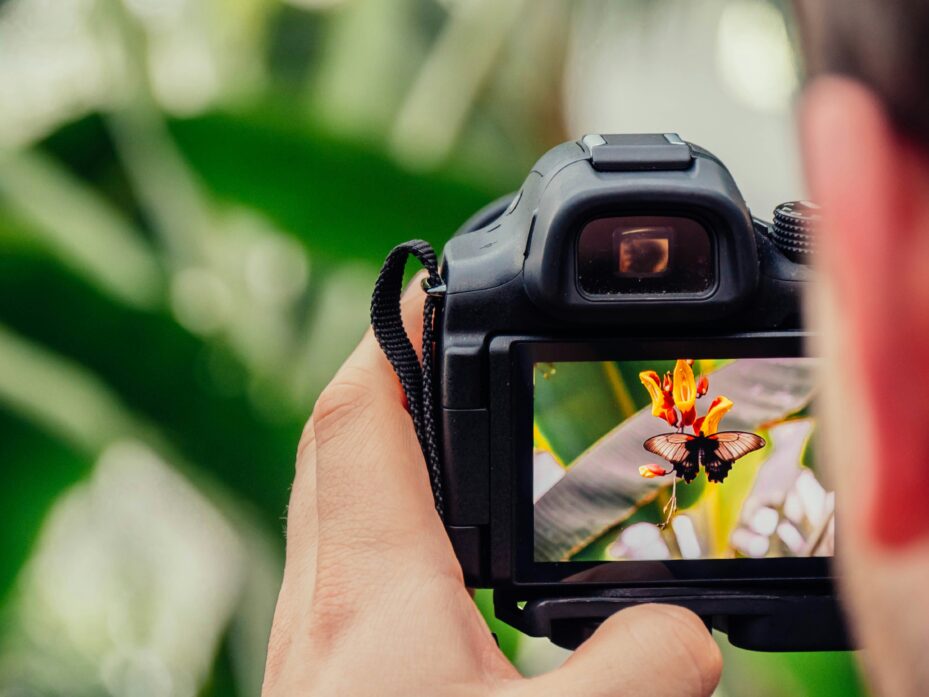
With over 1.4 billion monthly users worldwide and more than 100 million photos uploaded every day, it can be hard to cut through the huge amount of content posted on Instagram.
The platform has made it far more accessible and affordable for people who have an interest in photography to share their images, resulting in both an increase in competition and quality of photographs.

At Digivate we aren’t keen on doing things unless they’re done well. It wasn’t worth setting up a company account unless we had a clear strategy, which is what we created. You can check out our profile here – @Digivate_Insta
In just two short months we have learnt a ton about both the platform and photography in general. It’s become a big part of the agency’s way of communicating our company culture and has helped me personally when creating content for clients.
Since setting up the account we now have a separate Google Docs page to share tips within the company on how to make the most of Instagram, we thought we’d share it with you guys.
Below is our complete guide to Instagram; tips on photography, tools to use and people to follow. Enjoy!
These tips are designed to begin with the basics and work up to a more advanced level. If you’ve got any more advice, get in touch and we’ll include them in the post
12 Instagram Photography Tips For Amateurs
These tips are designed to begin with the basics and work up to a more advanced level. If you’ve got any more advice, get in touch and we’ll include them in the post.
#1. The Rule of Thirds
If you were taking a photography class, chances are that one of the first things you’d learn would be the Rule of Thirds.
The first stage of the rule of thirds is to segment your photo into nine equal areas (see below). Once you’ve done that, you can ensure that the main subject/s of the photo are as near the intersections as possible in order to draw the viewers’ attention.
For a natural image, place the subject of the photo away from the centre of the photo.

How can you apply this to your Instagram photos? In almost all of the photos we have created we have needed to crop the image before posting, in order to ensure that everything is aligned. Add gridlines to your image and adjust the photo accordingly, remembering this basic photography principle.
Instatip:
When the Rule of Thirds is applied correctly, you will have created an image which has a nice balance throughout and does not seem too busy or complex. It’s a fundamental principle in photography which will immediately impact the quality of your photos.
Breaking this rule
Rules are made to be broken, and this principle is no different. Occasionally you’ll want to experiment with new styles of photography where the Rule of Thirds is not applicable. Take the image below as an example:
If we were to split this photograph up into nine sections, only three would actually contain anything other than the skyline. This image is an example of how you can draw attention to one element of a particular scene, it also expresses the vastness of both the ocean and sky through its use of space.
Alternatively, you can break this rule when taking photos of symmetrical images, like in the photo below.

This photo is another good example of how to break the Rule of Thirds. Instead of focusing on the complexity of the building, the photo emphasises its beauty through symmetry. The main part of the building is placed in the centre of the photo, drawing the viewer’s eye to the dome and spire.
Of course, some elements of the Rule of Thirds still remain. The photo can still be separated into three horizontal sections (grass, building, sky) and the vertical pillars provide balance. In most cases, a photo will rely on the Rule of Thirds to some extent.
Insta-tip:
Don’t always follow the rules, see them more as guidelines. If there’s a photo which you feel looks better without applying the Rule of Thirds, go for it.
#2. Make use of space
There can be a temptation to always cram as much into your photo at once, do not do this. Instead, use space to direct the viewer’s attention.

Space can be your greatest friend in photography. If the subject is not looking directly into the camera, it’s generally advised to create space in the direction he or she is facing.
In the image above, the viewer’s eye is firstly directed to the subject near the bottom of the image, then led upwards to the seascape and sky with the horizon as another focal point. Even though there is only one subject, the use of space in this photo gives the viewer two distinct focal points.
Using space in photos where the subject is moving is particularly important, particularly knowing the difference between active and dead space.

In the image above, the dead space is to the left of the man walking, and the active space is everything to the right of him.
Any time you are taking a photo of a moving subject, create active space in the direction that the subject is moving towards. This will create a natural flow to your photos and you will be able to dictate where the viewer’s gaze leads.
Break this rule occasionally
Sensing a pattern here? Although these rules are generally worth following, it is worth breaking them every once in a while, like in the photo below.

Here the subject has almost no active space in the direction he is walking, creating the sense that he is walking with purpose. Not following these rules all the time will diversify your Instagram profile and give your photography some necessary variety.
Insta-tip:
You’ve seen some good examples of how to use space in photography. No one wants to see 300 close up selfies on your Instagram profile, mix it up and make some space!
#3. Lead the eye
This is another fundamental rule of photography. If there is a single subject in the photograph, it makes sense for you to ensure you are directing the viewer’s gaze in that direction. There are a number of ways in which you can do this.
Use your surroundings
Get into the habit of using the landscape around you to your advantage.
Roads, fences, railway tracks and, in this case, walls can be used to direct the viewer’s attention to the subject. If we cropped out the bottom third of this image there would be no focal point and the photo would not be as striking.
For indoor shots apply the same method but use beams, floorboards and tables to lead the user’s eye.
Use Depth of Field
Depth of Field is another fundamental concept in photography which you should get accustomed to applying. It is defined as the distance between the nearest and farthest objects in a scene that appear acceptably sharp in an image.
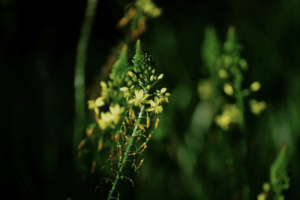
Depth of field allows you to draw attention to a subject, so the method is particularly effective when you are trying to draw the viewer’s eye to one location.
The main issue when applying this to Instagram photography is that depth of field is harder to create on phones than it is on a DSLR camera. Dave Johnson has written a great article on how to work around this issue, you can find it here.
Make use of space (again)
As we’ve previously discussed, you can use space to both direct attention to a subject or, in this case, amplify a particular subject within a photograph.
Here your eye is immediately directed to the man’s silhouette. Using bold contrast in images is one of the simplest ways to dictate focus on a particular part of a photo.
There are other elements of this photo which help focus the attention on the subject. Notice that both the skyline and reflection on the bottom of the image all lead you to the same direction, the man walking. Using lines and direction within photography is another really important concept, and leads us on to our next tip.
Insta-tip:
Although this might seem like an obvious technique, keeping your thought process on where the viewer’s eye will be directed to is really important. When taking wide-angle shots, try to think about the main elements of the photograph you want to focus on and use the techniques discussed above to do that.
#4. Make use of lines
Making use of lines when taking photos is an absolutely fundamental element which you should always consider. Lines are such an important element of photography that we could easily write a whole post on just this topic, so I’ll try to keep it as concise as possible.

The image above explains a lot about why lines are so important in photography.
The hand railings direct the eye towards the bottom of the steps. Lines can direct attention to a particular area, like in the previous photo of the man on the beach.
The roof and wall shutters disrupt the image. Lines don’t always have to be symmetrical or even, the use of lines in this photo creates a kind of controlled chaos.
The escalator steps provide symmetry. Symmetrical lines can bring balance to a photo and can help when applying the Rule of Thirds to your images.
Insta-tip:
The main thing to take away from this tip is to always have lines in the back of your mind when taking an image. Where are you directing gaze? What kind of mood do you want the photo to express? The more you get into this habit, the better your photos will become.
#5. Black and White imagery
In order to diversify your Instagram profile further, try using black and white imagery every so often.
Most people would agree that black and white photos can look pretty amazing, but why is that? The style of shot is extremely versatile, you can use it for almost any type of photo (landscape, cityscape, portraits etc.) and when executed correctly it can turn a previously average photo into an amazing one.
Black and white photography can also be used to alter the mood of a photo. If you aim to create a solemn or serious mood with your image, try out black and white effects to see whether this makes a difference.
Sometimes you’ll get a great shot but the lighting is terrible. Changing the colour scale to black and white will often stop this from being a problem as lighting is not as crucial in this style of photo.
Insta-Tip:
Try out black and white imagery every so often to mix up your profile. Don’t just stick to the same type of image, try it out on people, buildings or landscapes and see which looks best.
#6. Fill the frame
We talked earlier about using space. However, there are some cases where you can fill the frame with detail. If the subject you are trying to capture has a lot happening within it, you don’t always need to shy away from adding everything into one photograph.
The above photo is a great example of how filling the frame can make an image really engaging as there is so much going on. Your eye isn’t drawn to any particular area, which means the viewer can take more time to look at the different details and people within the scene.
Alternatively, if you are taking a picture of a person and want to ensure you convey their emotions, filling the frame with their face is a good way to do this.

Here there is no doubt what the main subject of this photo is. If you want the viewer to solely focus on a person’s face or emotions, fill the frame with their image.
You can also use this technique where the image has an overcrowded background. By focusing on the foreground, everything behind the main subject becomes less noticeable.
Insta-tip:
Fill the frame when you want to focus on one subject or if there is a lot of detail in the image you are taking. Instagram is full of landscape shots of natural surroundings or buildings, so filling the frame can set you apart from other profiles.
#7. Experiment with Lighting
Lighting is one of the most critical aspects of photography, as it can dramatically change the mood, tone, and clarity of your images. Natural light is often preferred for its soft, flattering effect, particularly during the golden hour—shortly after sunrise or just before sunset. During this time, the sun casts a warm, diffused light that can enhance colors and reduce harsh shadows, making your photos appear more vibrant and inviting.
If you’re shooting indoors, be mindful of the light sources available. Soft, diffused lighting from windows or light filters can minimize harsh shadows and create a more pleasing image. On the other hand, direct lighting, such as from an overhead bulb, can create strong contrasts that may or may not suit your intended effect.
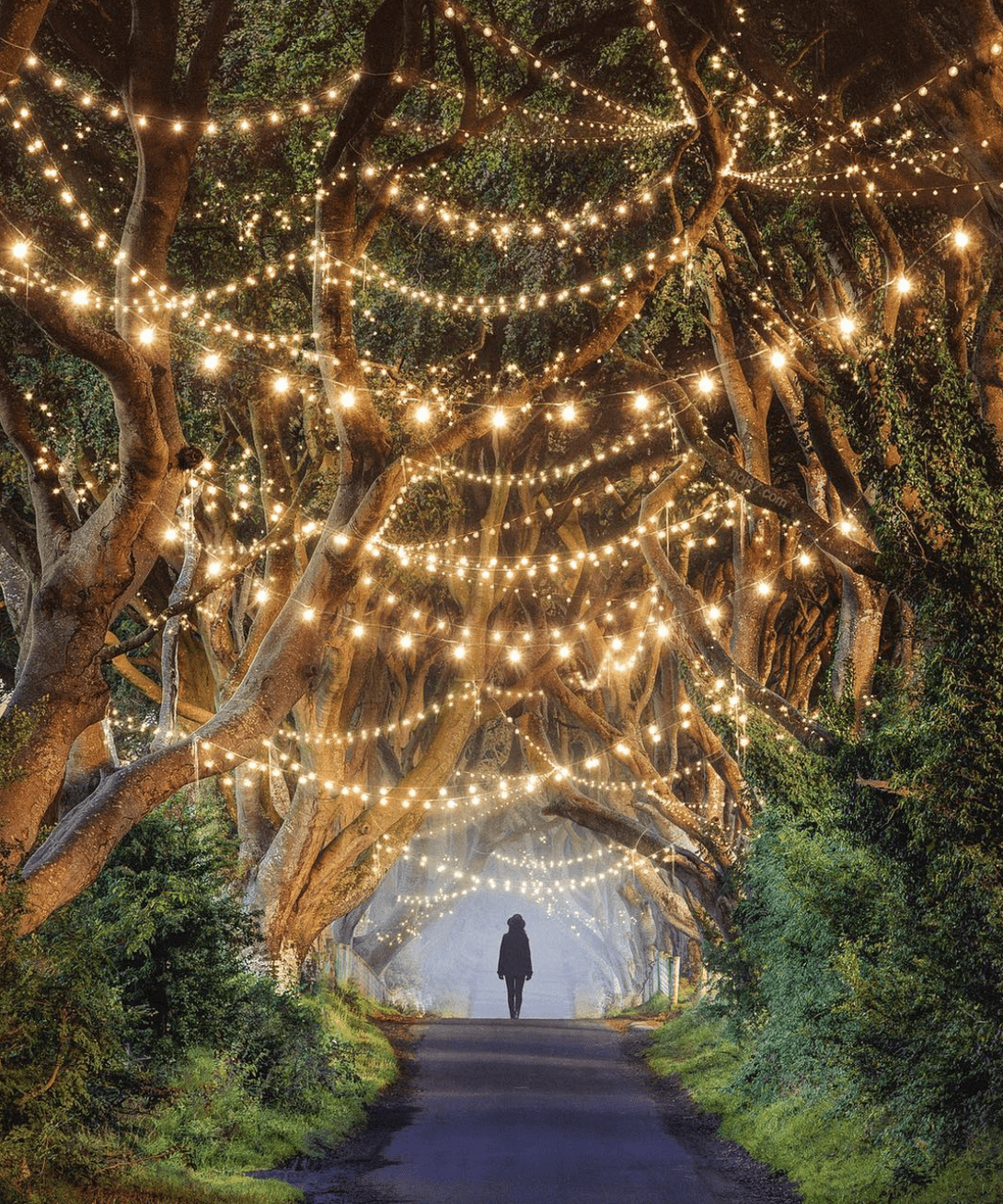
Insta-tip:
When shooting indoors, try to use soft, diffused lighting instead of harsh overhead lights. If you’re taking photos at night, consider using string lights, lamps, or candles to create a warm atmosphere.
#8. Understand Color Theory
Colours can evoke emotions and set the tone for your photos. Understanding basic color theory can help you create more visually appealing images. For instance, complementary colours (colours opposite each other on the colour wheel) can make your photos pop, while analogous colours (colours next to each other on the colour wheel) can create a more harmonious look.
Insta-tip:
When editing your photos, play with the saturation and temperature to enhance the colours that best suit the mood you want to convey.
#9. Use Reflections
Reflections offer a unique way to add depth and complexity to your photos. They can be found in a variety of surfaces, such as water, glass, or even polished metal. By incorporating reflections, you can create a more dynamic image that captures both the subject and its mirrored counterpart, offering viewers two perspectives in one shot.
For example, photographing a cityscape reflected in a puddle can add an interesting twist to a familiar scene, making it appear more abstract or surreal. Similarly, using a mirror in portrait photography can introduce an element of intrigue, as the reflection can show a different angle or emotion than the subject directly facing the camera.
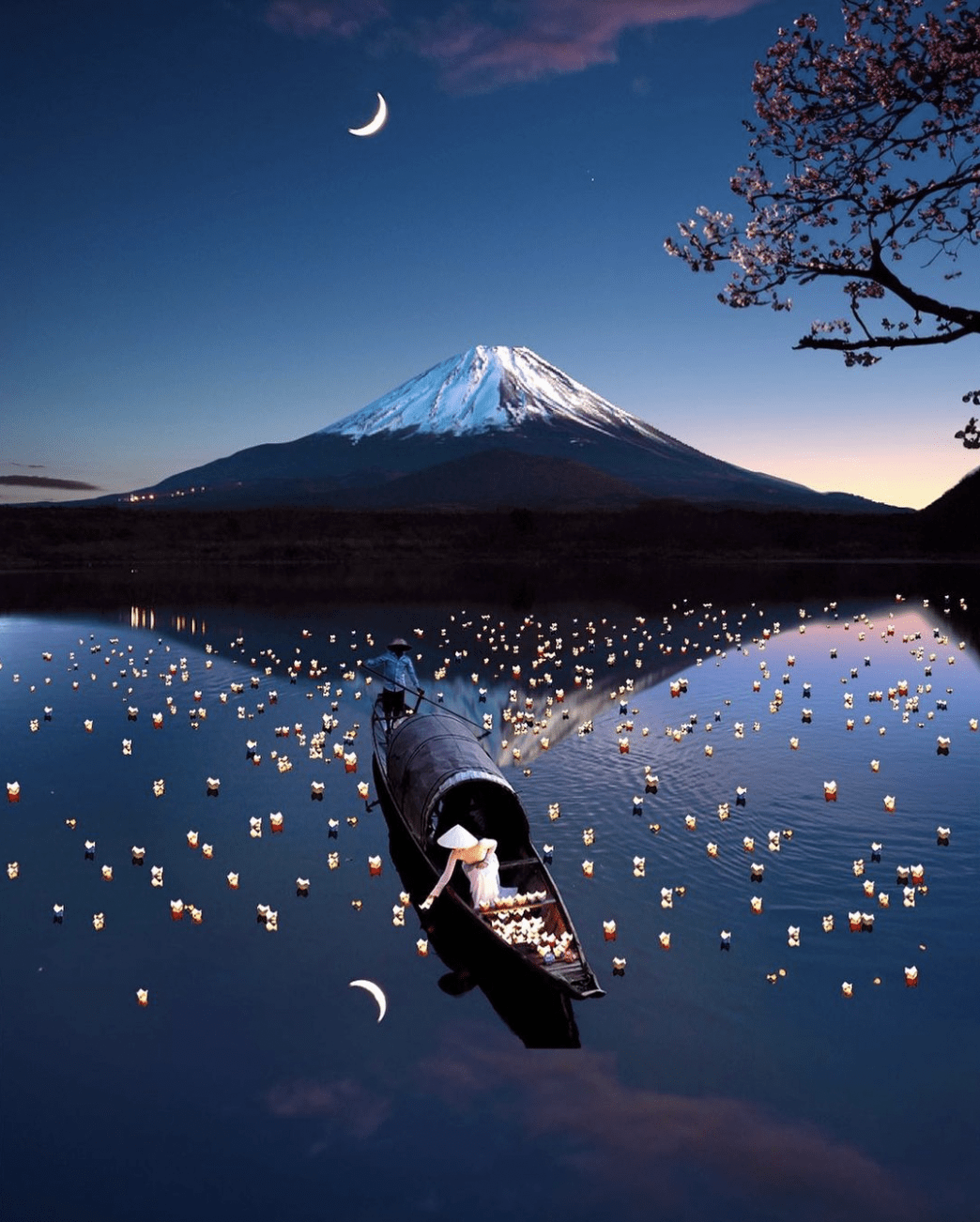
Insta-tip:
When shooting reflections, try to capture a combination of both the subject and its reflection to create a more dynamic composition.
#10. Play with Perspective
Perspective is a powerful tool in photography that can alter the way viewers perceive a subject. By shooting from unconventional angles, you can make even ordinary subjects appear more interesting and engaging. For example, photographing a building from a low angle can make it seem taller and more imposing, while a high-angle shot looking down can create a sense of vulnerability or isolation.
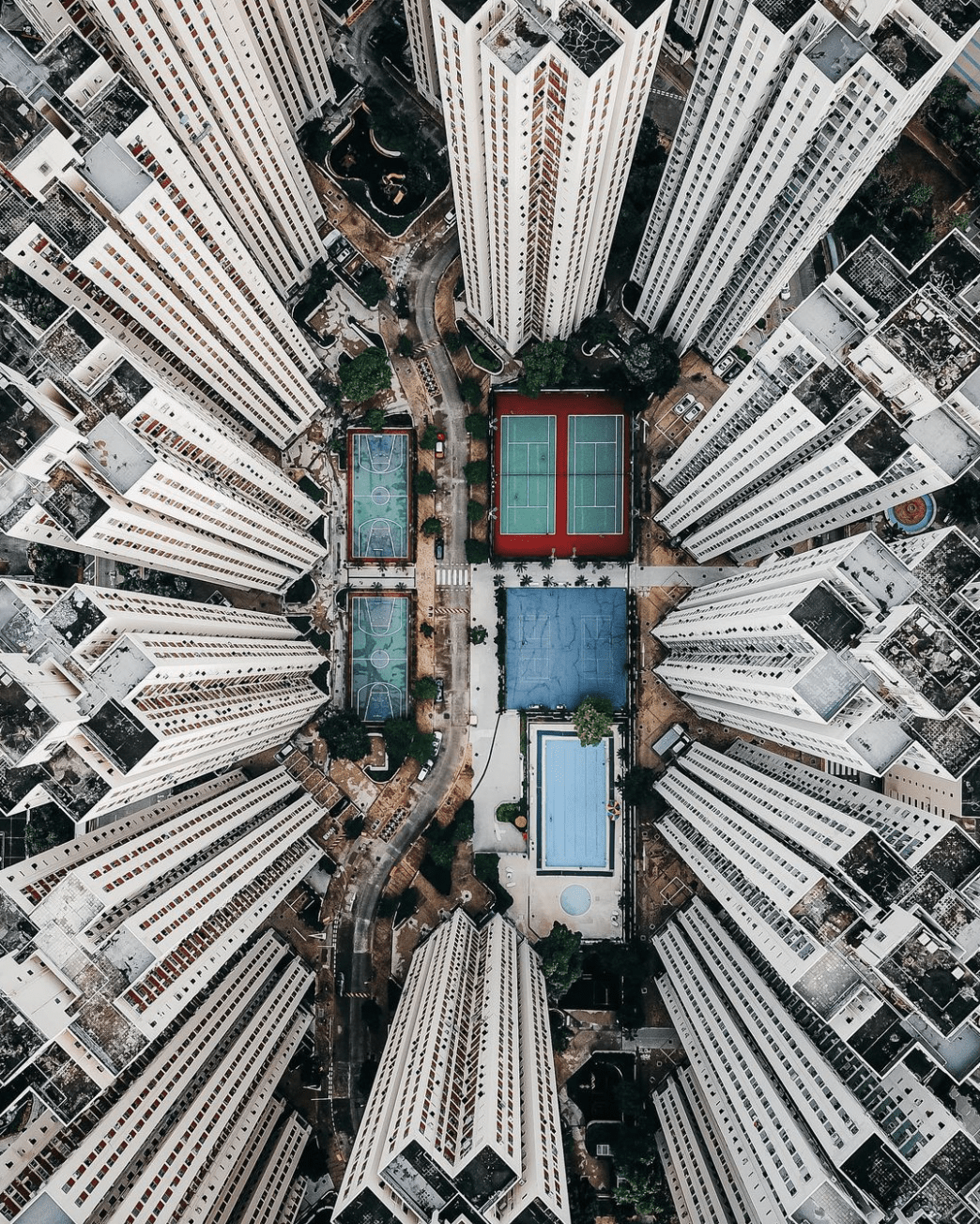
Changing your perspective can also lead to more creative compositions. For instance, photographing a landscape from the ground level might highlight textures and foreground details that are less noticeable from a standing position. On the other hand, shooting from above can provide a unique overview of a scene, capturing patterns and shapes that are invisible from eye level.
Insta-tip:
Get close to the ground or shoot from a high vantage point to create dramatic effects. Unusual perspectives can make your photos stand out in a crowded Instagram feed.
#11. Use Props to Tell a Story
Props can enhance your photos by adding context and helping to tell a story. Whether it’s a simple coffee cup in a cozy setting or a more elaborate setup with multiple elements, props can provide additional layers of meaning and interest to your images.
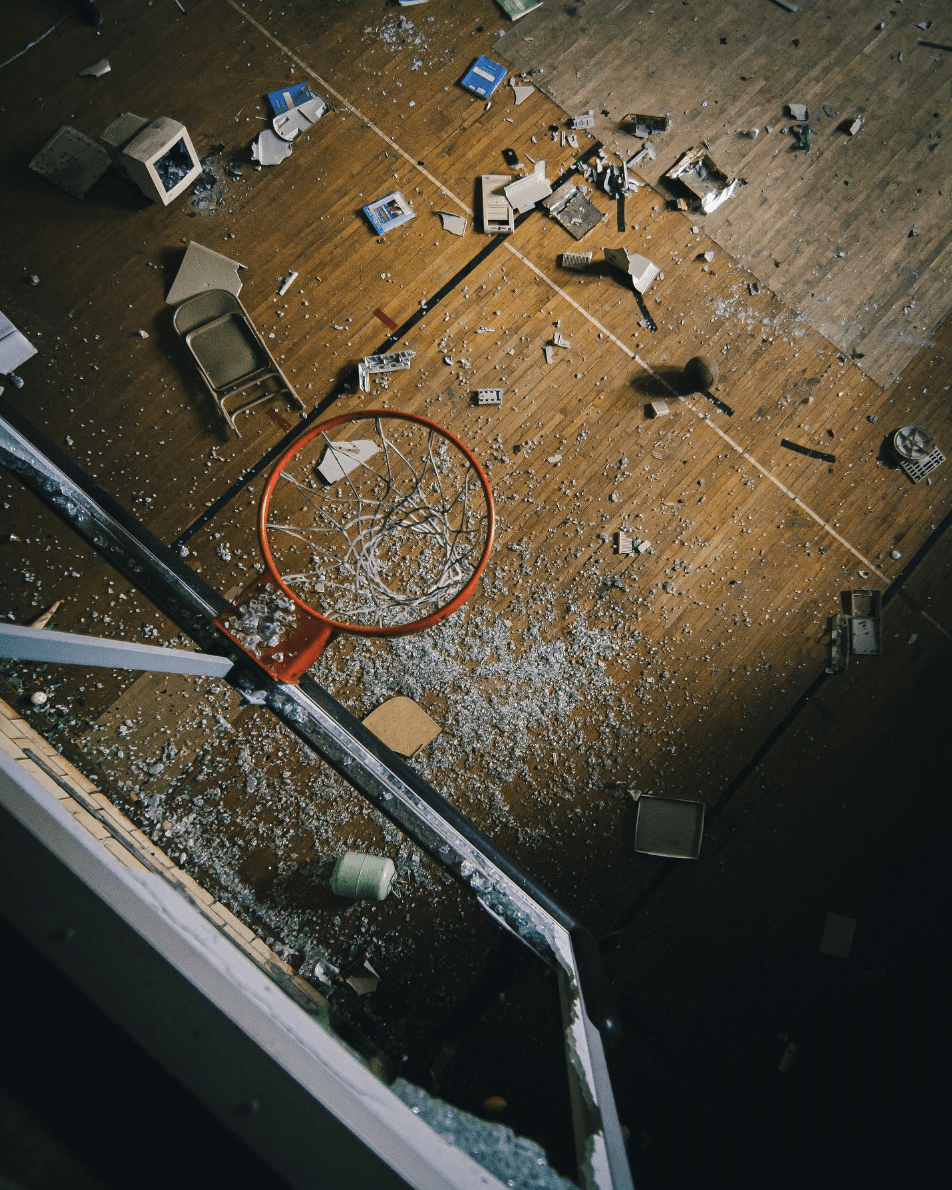
When selecting props, think about how they relate to the subject and the story you want to convey. For example, a book might suggest a quiet moment of reflection, while a bouquet of flowers could symbolise romance or celebration. Props can also add color and texture to your photos, making them more visually engaging.
Insta-tip:
Ensure that props complement the subject and don’t overwhelm the composition. They should enhance the story rather than distract from the main focus.
#12. Capture Candid Moments
Candid photography captures people and scenes in their natural state, without posing or staging. These types of shots often feel more genuine and relatable, as they reflect real emotions and interactions. Candid moments can convey a sense of spontaneity and authenticity that posed photos sometimes lack.
To capture candid moments, it’s important to stay observant and ready to shoot at any time. This might mean taking photos in between posed shots or during moments when your subjects are unaware of the camera. Candid photography works well for capturing emotions like laughter, surprise, or contemplation, as well as everyday activities that tell a story about the subject.
Insta-tip:
Keep your camera ready and snap photos during in-between moments—when people are laughing, thinking, or interacting naturally with their environment.

A Quick Guide To Instagram Apps
Now we’ve gone through some of the basics of photography, what else can you do to improve your Instagram shots? There are loads of tools out there which will help you with some of the techniques we’ve discussed, and here are our favourites.
Photo Editing Apps

When it came to talking about our favourite apps, VSCOCAM was the first one that sprung to mind. The app gives you far more freedom compared to standard Instagram filters, plus you can fine–tune your images with adjustments for exposure, temperature, contrast and more. Search #vsco and #vscocam on Instagram to give you some inspiration.

Another great photo editing app is Snapseed. The app is similar to VSCOCAM, however, the additional Selective Adjust feature allows you to pinpoint certain areas on a photo and change the brightness, contrast and saturation without altering the rest of the image. There are also several built-in filters such as Black & White, HDR (High Dynamic Range) scape, Tilt-Shift and Vintage.
Overlay Apps

Sometimes you’ll want to add other elements to your photographs. In this instance, GoDaddy Studio (Over): Design allows you to add text to your images. There are tonnes of different designs and fonts, so you’ll be sure to find the right one for your picture.
GPS Location Apps

If you’ve taken a photo on your DSLR and transferred it over to your iPhone, chances are you can’t tag the photo on your ‘Photo Map’ on Instagram. With Korekodo you can now add a location to a photo that previously didn’t have one. This is great for people who travel around a lot and want people to know about it!
Instagram Profiles Worth Following For Inspiration
You’ve read the tips and downloaded the apps, but now you need some inspiration. There are tonnes of amazing photographers on Instagram, so narrowing them down to a few was tricky. Below are some of the Instagram profiles which we aspire to be like!
Robert Jahns (@nois7) is an amazing digital artist who creates out-of-this-world images. His photos are so full of colour and depth that you can easily spend your lunch hour scrolling through his profile.
Brock Davis’ (@brockdavis) profile is a completely different approach to photography. He manages to take amazing photos of everyday objects, using his creativity to express them in a completely different way.
Yoshito Hasaka (@_f7) is the profile you want to see if you want to learn more about filling the frame and symmetry. With lots of cityscapes and structural photos, you can learn a lot from his photos.
Trashand‘s Instagram profile is too difficult to pin down in one sentence, which is why we like it. There’s a great variety of incredible photography on show there, which is probably why they have nearly four hundred thousand followers!
If you’re looking to focus more on natural photography, Oliver Vegas (@ovunno) is the profile for you. We challenge you to go through his photos and not want to jump on the next plane to the middle of nowhere straight after.
Summary
After working on our company profile for a couple of months now, the one thing I’ve learnt is that you’ll always keep learning about photography. The best thing to do is to go out there and start taking photos, using some of the techniques we’ve talked about today.
Many amateur photographers struggle to create eye-catching and professional-looking photos for Instagram, often missing key elements that enhance visual appeal. Without mastering essential photography techniques—such as composition, lighting, and perspective—photos can appear flat, unbalanced, or uninspiring, making it difficult to stand out on a platform as competitive as Instagram.
This article offers a collection of practical tips to elevate your Instagram photography. From mastering the Rule of Thirds and using space effectively to experimenting with lighting, colour theory, and perspective, these tips will help you create more engaging and visually striking images. Whether you’re capturing candid moments or using props to tell a story, these strategies will help you produce content that captivates your audience and sets your profile apart.








